Long before Bethesda took the helm of the Fallout series and Walton Goggins donned his ghoul makeup for the captivating TV adaptation, Fallout was known for its isometric action RPG format viewed from a bird's eye perspective. This classic style of wasteland exploration seems to be the inspiration for the upcoming game, Survive the Fall, as evidenced by the initial hours I experienced. This post-apocalyptic survival tale builds upon the original Fallout's framework—literally, with its intricate camp development system—and enhances it with squad-based combat and scavenging, offering a fresh experience despite a somewhat static narrative presentation that hinders its full personality from emerging.
Unlike many other post-apocalyptic scenarios, the devastation in Survive the Fall wasn't caused by nuclear negligence. Instead, it was a cataclysmic comet impact that eradicated a significant portion of humanity, leaving behind a toxic mist known as Stasis. Survivors must either steer clear of this deadly vapor or harness its power, risking their humanity to mutate into enhanced forms. As you navigate Survive the Fall, your expanding team of scavengers will need to forge alliances with various factions spread across three biomes, from the Stasis-absorbing Shroomers to the enigmatic cult, the Sighted, to ensure survival and prosperity.
I quickly grew fond of Survive the Fall's squad-based structure while tackling missions from its numerous quest-givers. Guiding a party of up to three survivors through the expansive national park that sets the stage for the game's early chapters, you can manually search for resources or delegate tasks like chemical compound collection or tree chopping to your AI companions. This division of labor feels more natural and accelerates the process of exploring and scavenging in each settlement. The only minor drawback was occasional clutter from button prompts when multiple interactive elements were closely grouped, but such instances were infrequent.
Combat in Survive the Fall is also team-oriented. Given the scarcity of rifle and shotgun ammunition in the game's early stages, I prioritized stealth in encounters with marauders and ghouls. Approaching enemy camps felt reminiscent of the strategic gameplay in Commandos: Origins, involving tactics like hiding in foliage, creating distractions with thrown stones, and stealthily eliminating foes within their vision cones before directing teammates to dispose of the bodies. The game also offers environmental hazards to exploit, such as explosive barrels and cargo pallets that can be dropped on unsuspecting guards.
Survive the Fall - Preview Screens
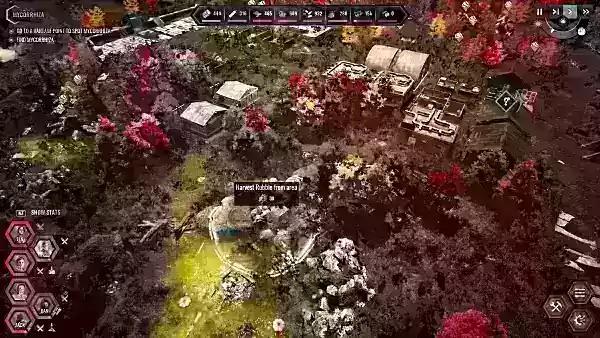
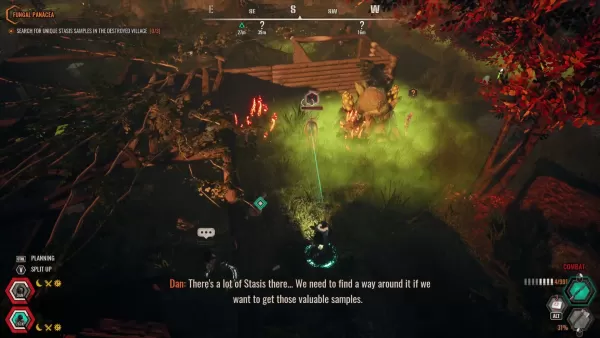 14 Images
14 Images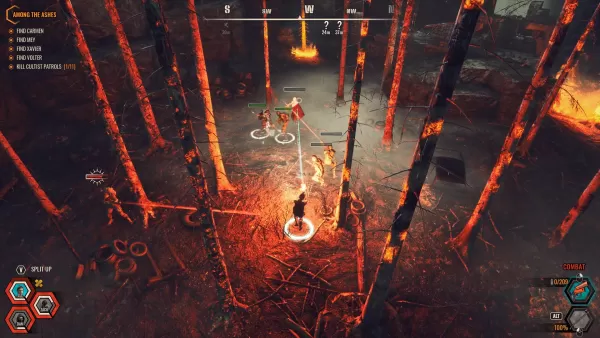
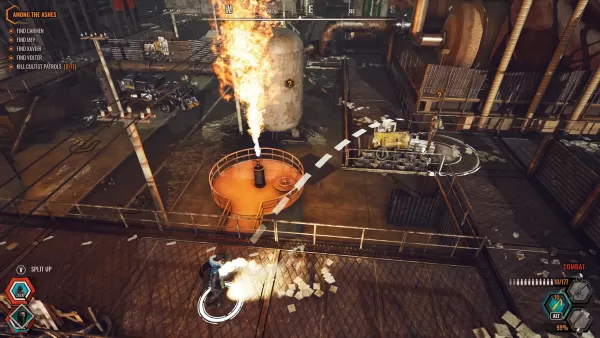
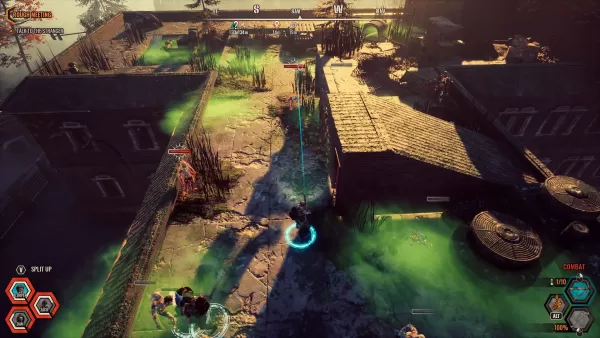
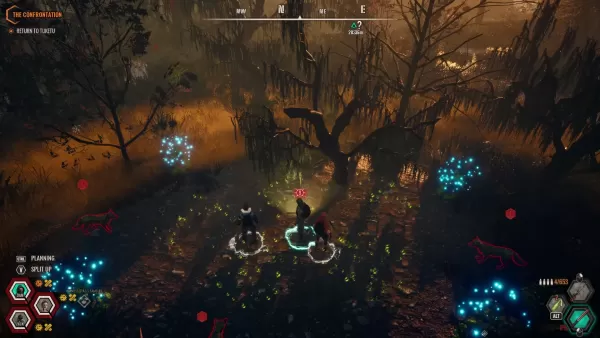
Clearing out clusters of cultists was satisfying, but combat could become cumbersome once stealth was compromised and firearms were drawn. While a mouse and keyboard might offer more precision, using a controller made it challenging to aim accurately with the laser sight, often forcing me to rely on melee attacks and dodging to whittle down enemy health in close combat. Fortunately, the ability to pause and direct squadmates to focus on specific targets, similar to systems in Wasteland or Mutant Year Zero, helped manage tougher opponents while I dealt with their support units.
After a day of battling mutants and gathering loot in the perilous badlands, Survive the Fall shifts focus to base-building and management at your camp. Researching documents found in the wild grants knowledge points to invest in a comprehensive technology tree, unlocking the construction of bunk beds, kitchens, water filtration systems, and even an armory. Converting resources like timber into planks and assembling them into structures such as plant boxes or protective gates helps fortify your settlement against nighttime raiders. Foraged herbs and salvaged meat can be transformed into meals, ready to be packed for your next expedition. The depth of this system promises many hours of engaging development, turning your camp from a dilapidated site into a thriving haven.
Beyond my base, Survive the Fall offered a variety of intriguing locations to explore. From a crashed passenger plane repurposed as an enemy stronghold to a farmstead teeming with Stasis-infected ghouls, the game rewarded exploration in every direction. While the detailed environments, like the luminescent mushroom clusters in the Mycorrhiza swamplands, were visually impressive, they occasionally led to performance issues, including a volatile framerate. Additionally, the game suffered from occasional bugs that required me to restart after getting stuck in menus. With a month left before Survive the Fall's release, developer Angry Bulls Studio has time to refine and optimize the game's performance.
The lack of voice acting, with all interactions occurring through onscreen text, slightly dampened the experience. While some characters, like the amusing Blooper who humorously referred to Stasis as "fart wind," provided light-hearted moments, many conversations felt more like quest triggers than opportunities to deepen character connections. Hopefully, as the game progresses, these bonds will strengthen, adding more depth to the narrative.
Survive the Fall is set to launch on PC this May, brimming with post-apocalyptic potential. If the developers can smooth out the current rough edges in controls and performance, this could become a compelling survival-based action RPG worthy of your attention—and your hard-earned bottlecaps.















